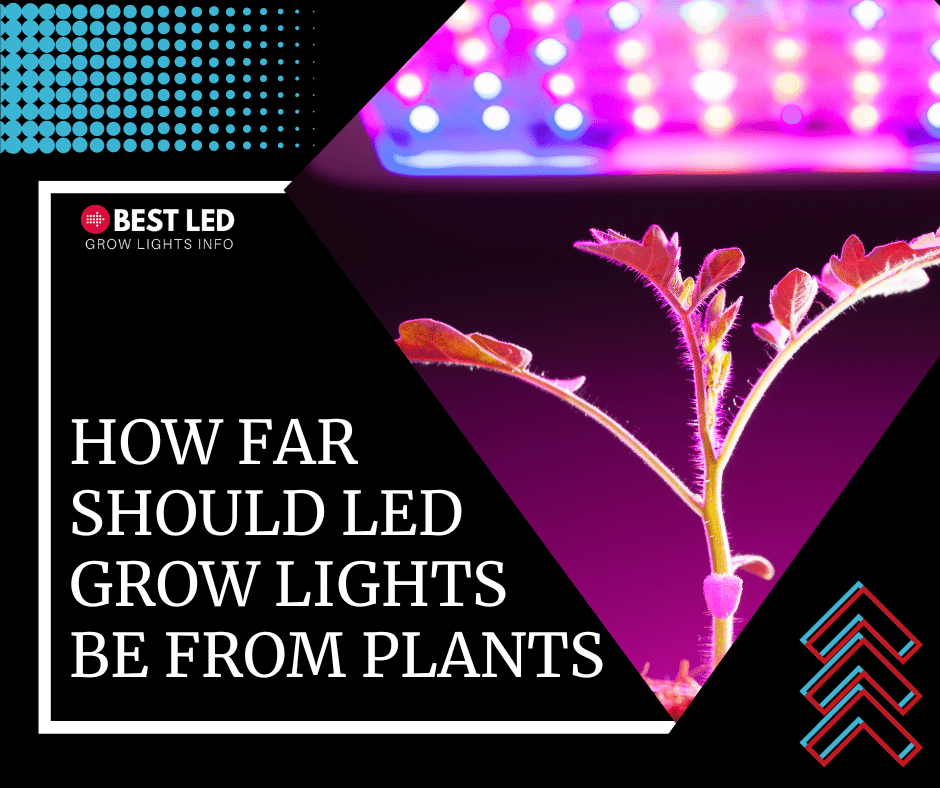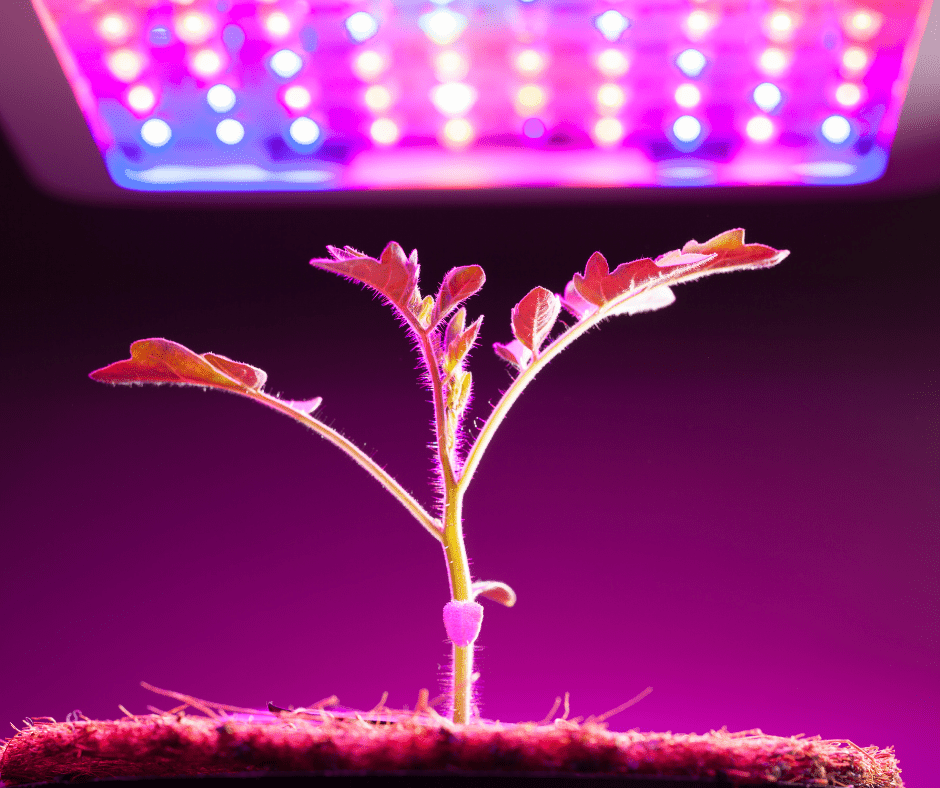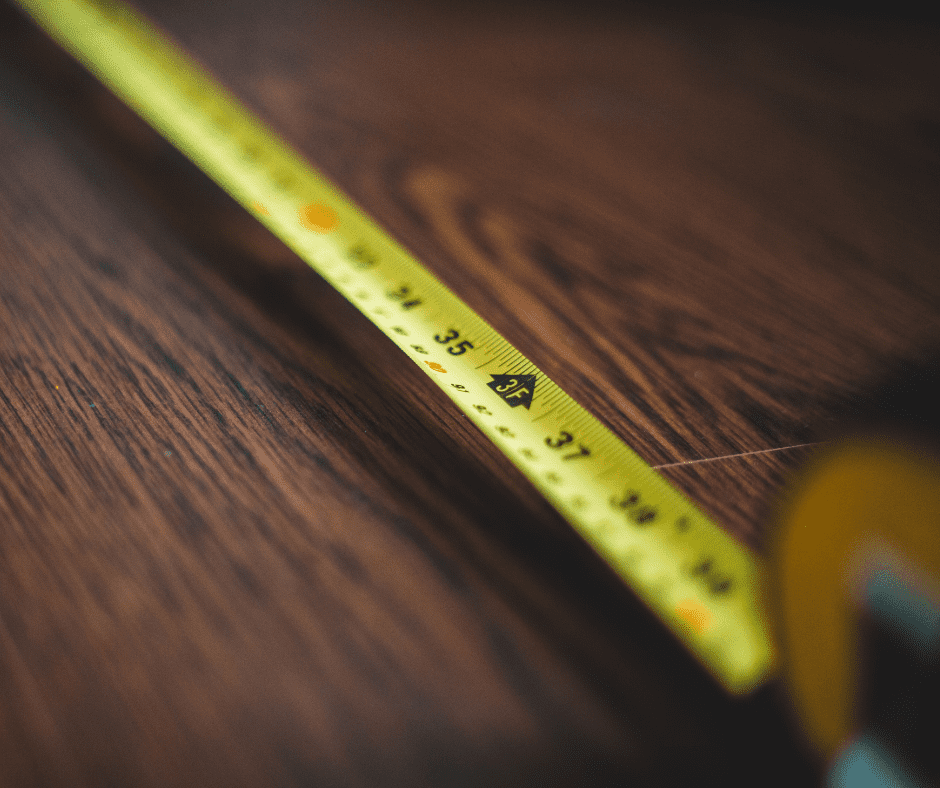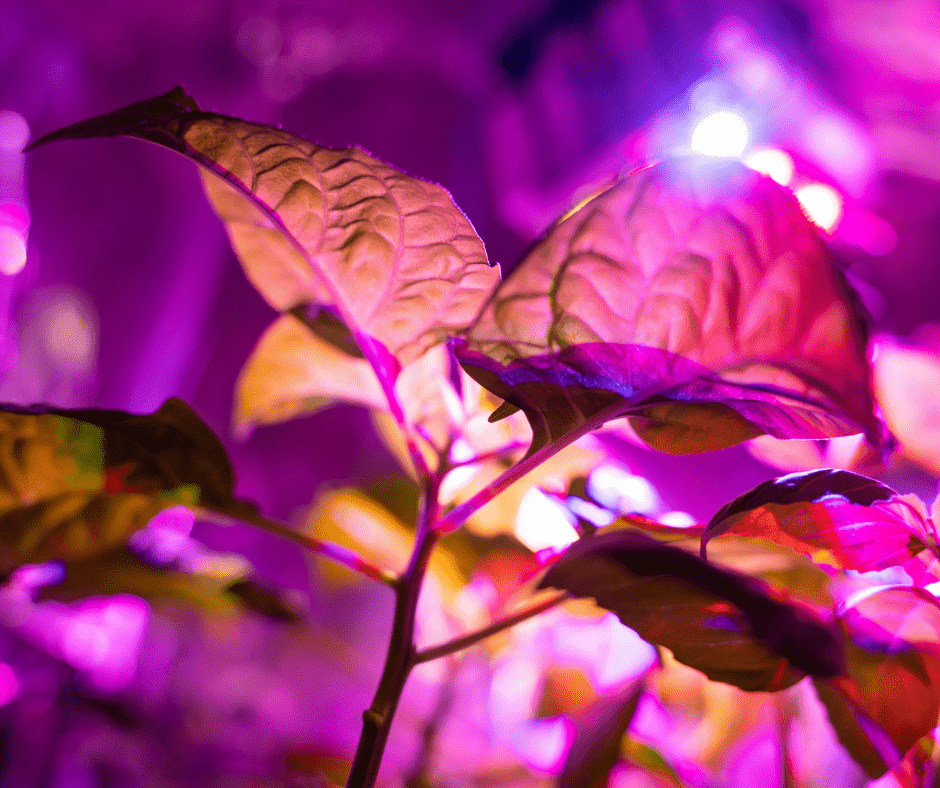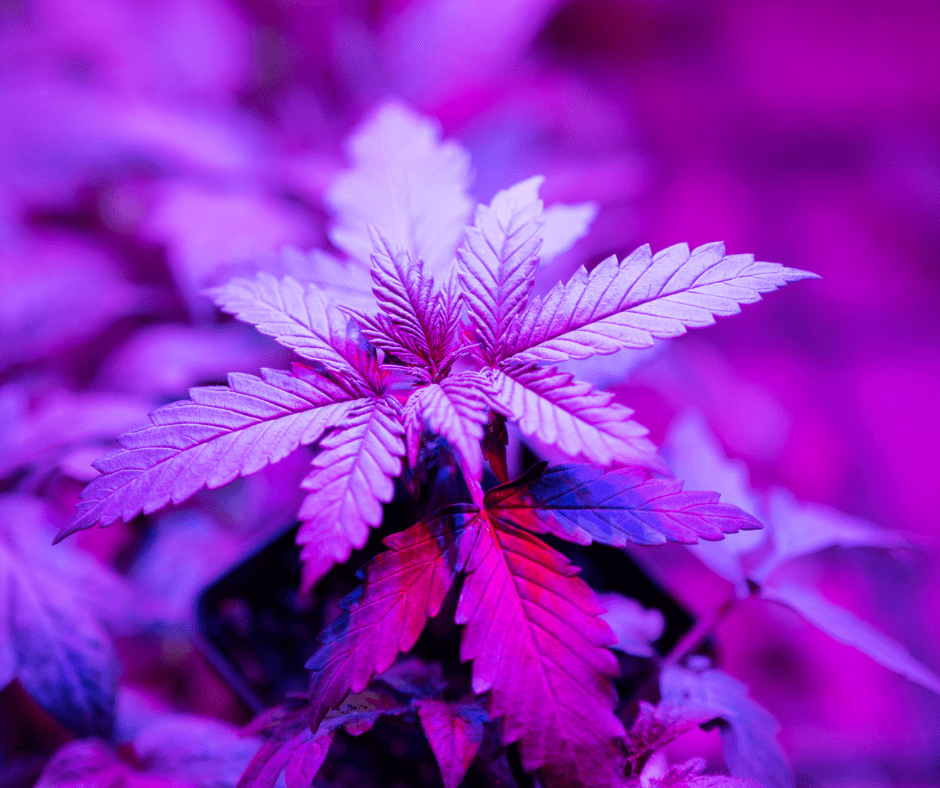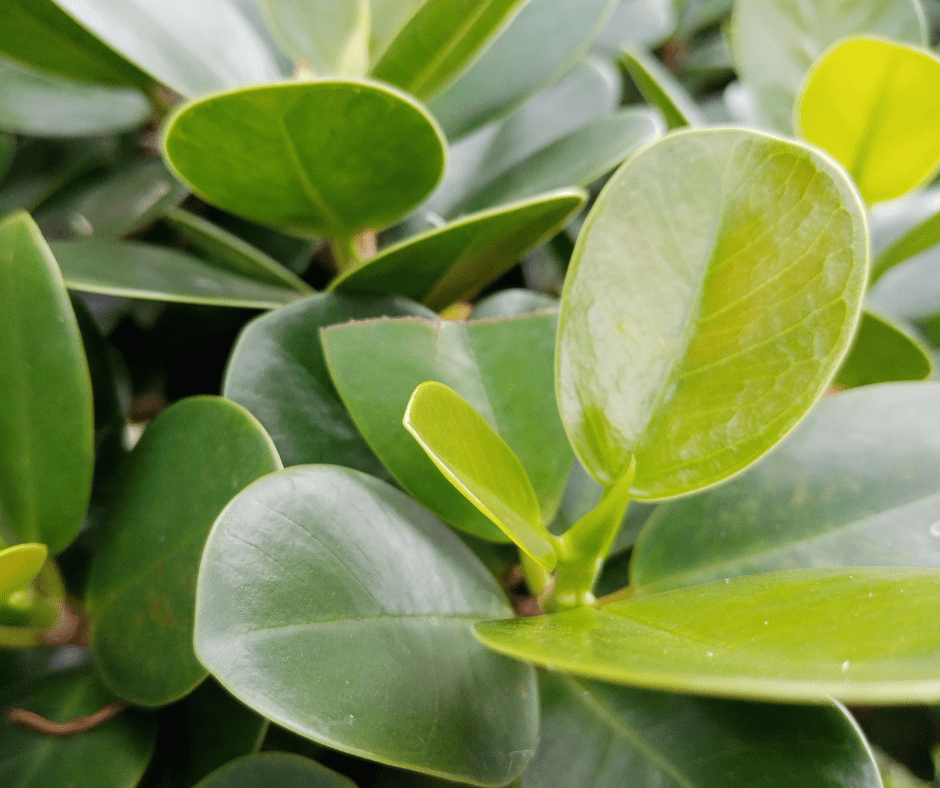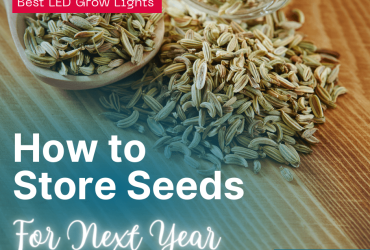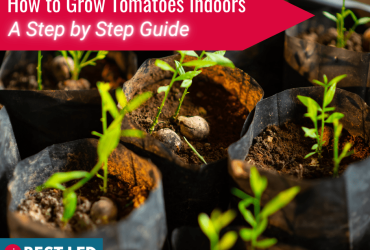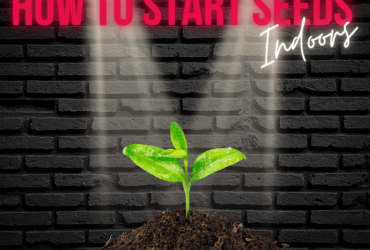How Far Should LED Grow Lights Be from Plants?
Whether you’re new to indoor gardening or an expert, it’s critical to remember that the details matter. In many cases, that’s why you spend so much time researching plant options, choosing a grow tent, selecting or making your own fertilizers, and picking out your LED grow lights. But once you have all of the components of a solid setup, there’s one thing you need to figure out: the ideal LED grow light distance.
On the surface, I know it may seem like how far away grow lights are from plants isn’t a big deal. After all, the sun is a great distance away, and it’s highly effective at supporting plant growth. However, with LED grow lights, distance matters. If the light is too close, you can damage the plants. The plants might have to overstretch to get the necessary lighting if it’s too far away, leaving them structurally weak.
Fortunately, selecting the correct distance is possible, ensuring your plants thrive. With that in mind, here’s an answer to the question, “How far should LED grow lights be from plants?”
Why Is LED Lighting Crucial When Growing Plants – Including Marijuana Plants – Indoors?
First, it’s crucial to understand why LED lighting is essential when growing plants indoors, including for marijuana grows. Primarily, it’s because other types of indoor lighting won’t effectively support plant growth. Traditional home lighting doesn’t cover the various light spectrums that plants require, so your grow won’t be as strong with regular bulbs alone.
Similarly, sunlight through windows isn’t typically enough either. Along with limited light entering the space, daylight through windows is directional, which can cause plants to lean. Additionally, any coatings on the window designed to limit specific spectrums could prevent the right mix of light from hitting plants, which also harms growth and yields.
Finally, LED grow lights are the best choice because they’re more energy-efficient and cooler running than many alternative types of grow lights. As a result, they’ll help make keeping the space at the right temperature easier and ultimately save you on your utility bills.
How Far Should LED Grow Lights Be from Plants?
Regretfully, there isn’t a specific height that works best with every plant or grow light and every situation. Multiple factors alter the ideal LED grow light distance, so you need to account for them when choosing a hanging height.
First, you need to consider the wattage. In general, the higher the wattage, the more distance you’ll want between the LED grow light and the plants. Otherwise, your plants might get damaged by the lights.
For example, a distance as low as 12 inches from the canopy might work on lower-wattage LED lights. For high-wattage fixtures, the lowest safe position might be closer to 36 inches from the top of a plant. With mid-range wattages, you’d usually fall closer to 24 inches. However, the exact wattage you’re using and other specific factors – such as the lighting spectrum and heat generation – may require adjustments outside of those measurements.
Second, you need to consider the spectrum. Full-spectrum lights often have different distance requirements than if you’re using specialty spectrums for specific plant growth phases. Mainly, this is because the various wavelengths travel differently, so you may need to raise or lower the light if you switch between a series of specialized lighting options as the plant grows.
In some cases, the types of plants you’re growing also matter. Light tolerances can vary, so you need to adjust the hanging height based on your plant’s specific needs.
Finally, the plant growth stage affects the distancing requirements. As a result, you’ll need to adjust the light position as the plant grows, matures, and goes through its various cycles.
How Does the Plant Stage Affect the Optimal Grow Light Distance?
You need to adjust the light intensity as a plant grows to ensure optimal growth and yields. The vitality of plants varies depending on where they are in their development cycles, so you need to adjust your LED grow light position accordingly.
Generally, plant development is separated into three primary phases: seedling, vegetative, and flowering. During each phase, plants have unique lighting needs. Typically, seedlings need the lowest light intensity, while vegetative and flowering stages require higher levels of light intensity.
Typically, you can alter the intensity one of two ways. First, you can adjust the physical position of the LED grow light to change the light intensity. In most cases, that means raising or lowering the grow light.
Second, if you have a fixture that allows you to adjust the intensity of the light, you can simply turn a dial, flip a switch, or use a controller to reduce or raise the light intensity. For example, you might be able to cut back to 75 percent or 50 percent of the total possible light output to reduce the light intensity and then move it toward 100 percent when you need more intense lighting.
How Far to Place LED Lights from Plants in Each Stage of Growth
The optimal grow light distance varies depending on the wattage of the fixture you’re using, the selected light spectrum, and the amount of heat generation. In most cases, the LED light manufacturer will include recommended heights and settings in the instructions that accompany the fixture. Generally, it’s wise to refer to those, as the discussed hanging heights are specific to that LED grow light.
However, several distances can serve as reasonable starting points if you don’t have instructions from the manufacturer to guide you. With these, you’ll want to monitor the growth and development of your plants carefully, allowing you to make adjustments as needed to ensure optimal growth.
How Far Should LED Grow Lights Be from Seedlings?
The ideal grow light distance for seedlings is typically between 20 and 46 inches, depending on the wattage. Lower-wattage lights require a position closer to the seedlings, while high-wattage fixtures make more distance a must.
Here’s an overview of the typical grow light positions for seedlings.
- 200W –20 inches
- 400W –27 inches
- 600W –38 inches
- 800W –42 inches
- 1000W –46 inches
However, regardless of your wattage, check your seedlings regularly to monitor their growth, and adjust the light’s position or intensity as needed if those heights aren’t ideal.
How Far Should LED Grow Lights Be for the Vegetative Stage?
With plants in the vegetative stage, optimal ranges usually outline the best LED grow light placement over the plants. Again, the higher the wattage, the more distance you need between the canopies and the fixture.
Typically, the recommended heights based on various wattages are as follows:
- 200W – 12 to 20 inches
- 400W – 20 to 27 inches
- 600W – 30 to 38 inches
- 800W – 32 to 42 inches
- 1000W – 36 to 46 inches
However, also check the LED grow light manufacturer’s directions for more insights, as the recommended heights can vary from one manufacturer and product line to the next.
How Far Should LED Grow Lights Be for Flowering Plants?
During the flowering stage, the position of the LED grow lights is usually closer to the plants than during the other two phases. Higher light intensity during this stage leads to better blooms and promotes stem growth.
As you adjust the height, you want to slowly lower the light’s position over a period, ensuring the plants have time to adapt. Here is an overview of the typical distance needed at the end, based on various wattages:
- 200W – 8 to 16 inches
- 400W – 13 to 21 inches
- 600W – 18 to 30 inches
- 800W – 19 to 34 inches
- 1000W – 21 to 36 inches
Again, you want to refer to the manufacturer’s directions to ensure you’re using the right distance for your specific fixture. However, if you don’t have access to the instructions, the ranges above are usually good starting points.
What Happens When an LED Grow Light Is Too Near Plants?
One of the risks of having a light distance that’s too close to the plants is that the light intensity will cause damage. In some cases, you might see stunted or irregular growth. However, bleaching and burning can also occur.
With bleaching, you’ll see discoloration on the leaves on the canopy. That prevents the plant from producing pigments required for photosynthesis, and that harms the plant’s ability to create food. In turn, the health of your plant will usually deteriorate.
Light burn also leads to discoloration, but it typically causes leaves to turn brown, making them dry and crispy. Again, this harms the health of your plants, slowing growth and often causing deterioration if not addressed.
How to Recognize Light Burn on Your Plants
As mentioned above, the main way you can identify light burn on your plants is by looking for discoloration on the leaves on the canopy. Brown spots are the clearest possible sign, but shifts towards other hues – including yellow, red, or purple, depending on the plant type – can also indicate that burning is happening.
Leaves that begin pointing upward is another possible sign, as well as bloom bleaching. Dry, crispy leaf tips are also potentially indicative of light burn.
If light burn occurs, the damaged areas won’t recover. As a result, your goal is to prevent further damage and restore your plant’s health. Raise the LED grow light or turn down the light intensity. In some cases, you’ll also want to carefully trim off the damaged areas, though that may depend on how significant the damage is and other factors, such as the growth phase.
Since light burn is a real risk, it’s critical to adjust the positioning of your LED grow lights slowly. By bringing lights closer during vegetative and flowering stages in increments, you can find the ideal distance without risking the health of your plants, making that the preferred approach.
Enjoyed this post? Pin it!
